Tumbilotohe
When: April 28, 2022, 9 p.m.
Tumbilotohe is one of the unique cultural treasures in Gorontalo. Tumbilatohe is a celebration in the form of installing lights in the courtyards of people's houses and on the streets, especially the road to the mosque which marks the end of Ramadan in Gorontalo. This celebration is carried out on the last 3 nights before Eid al-Fitr.
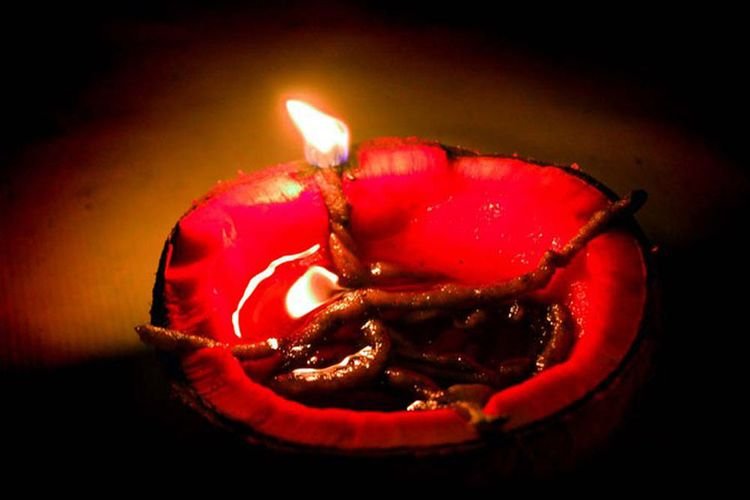
Figure 1. Padamala, traditional lamps use containers made of coconut (Photo: Rosyid A. Azhar).
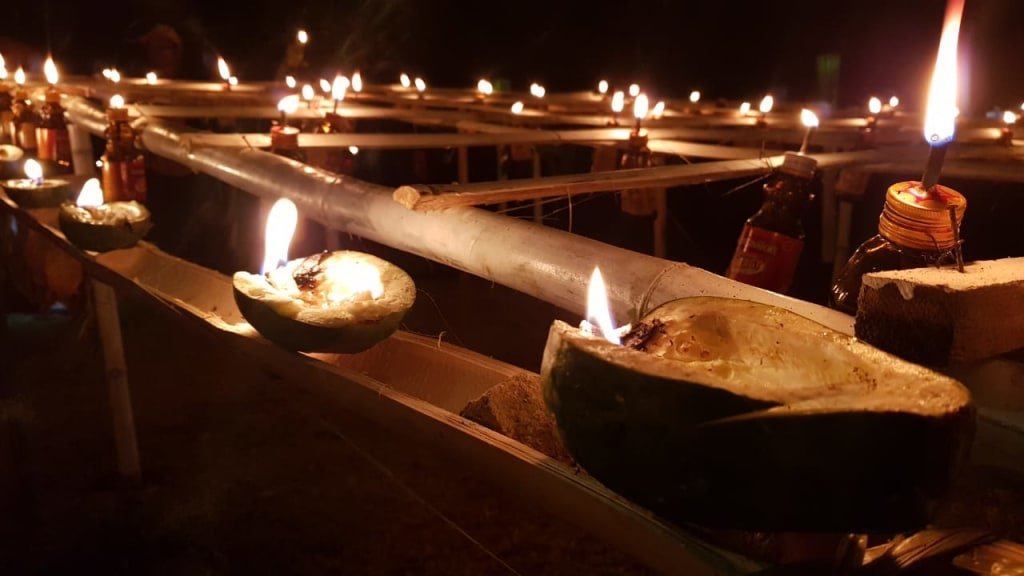
Figure 2. Padamala, traditional lamps use containers made of papaya (Photo: Wawan Doda).
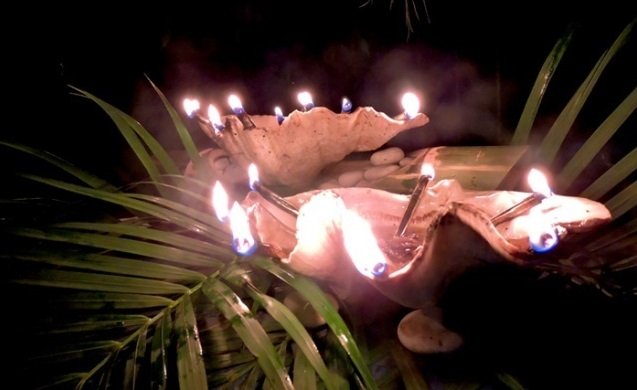
Figure 3. Padamala, traditional lamps use containers made of shell (Photo: Christopel Paino).
In addition to installing lights, the people of Gorontalo will install a series or framework to beautify the arrangement of incandescent lamps. Some attributes are intentionally installed by interpreting the meaning of each attribute which is full of Islamic values.
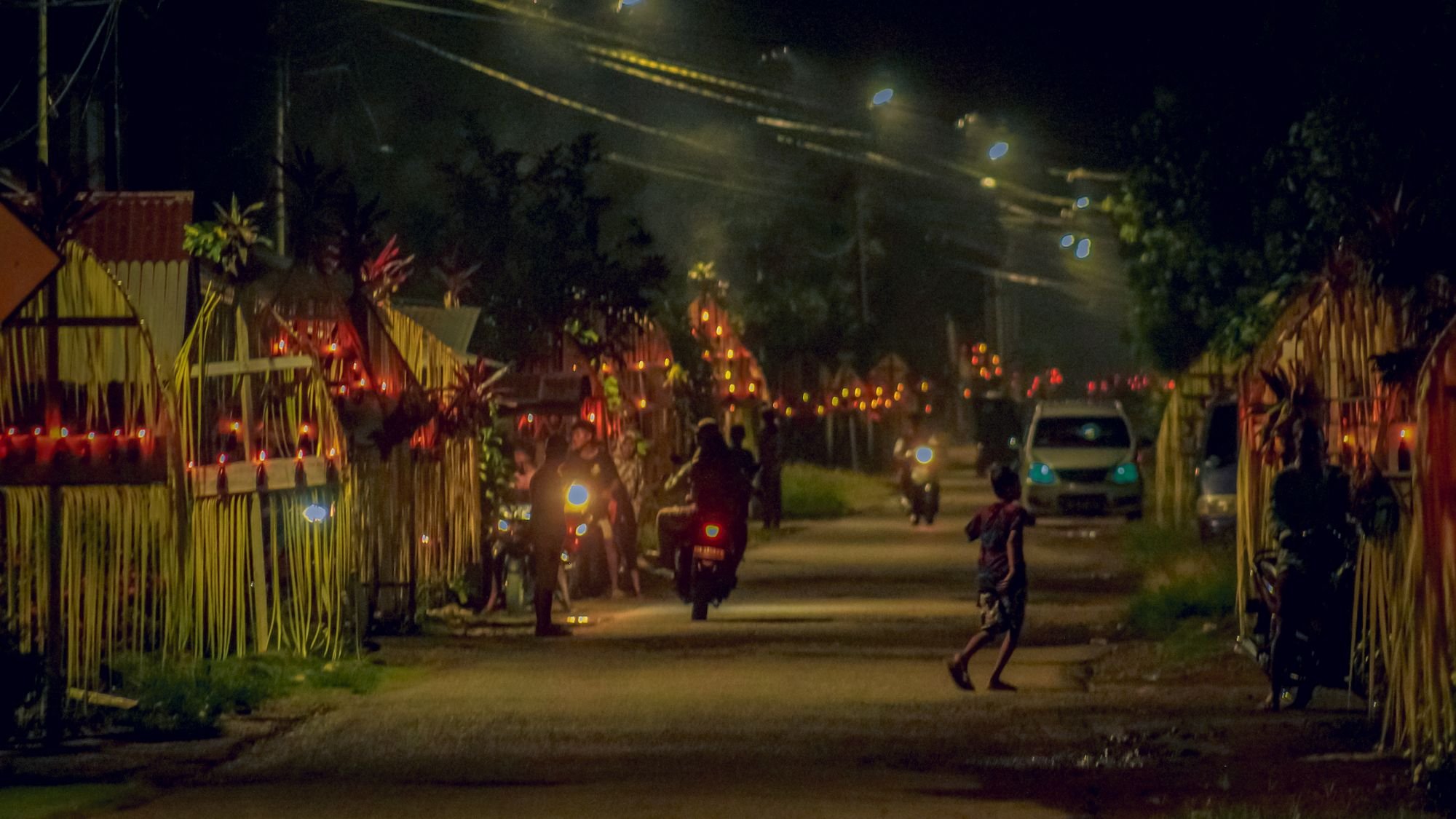
Figure 4. Tumbilotohe is a tradition since ancient times that is still maintained today in Gorontalo (Photo: Wawan Doda).

Figure 5. Tumbilotohe festival.
The attributes of tumbilotohe are alikusu, lale, butulu, tubu, polohungo, patodu, and lambi. Some objects that can also be found during the tumbilotohe tradition are bunggo, tonggolo'opo, and morongo.
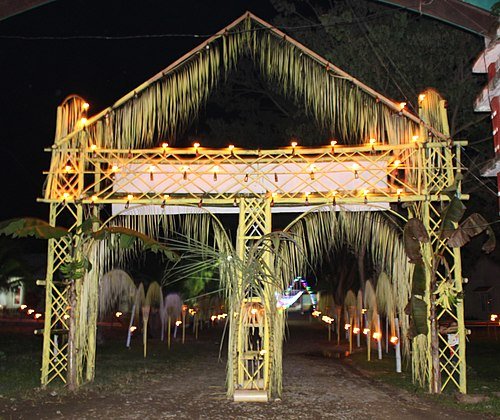
Figure 1. Alikusu is a gate that is installed in front of the house as the entrance gate. The lamp is installed in alikusu. The number of lamps that must be arranged in alikusu is 27 lamps and arranged in stages.
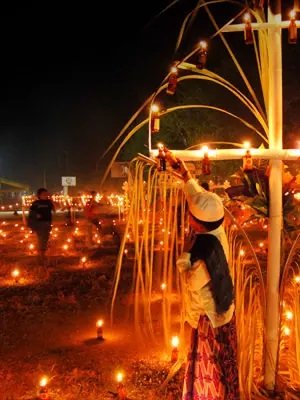
Figure 2. Lale is yellow leaf. Lale who moves in the wind as an ideal reflection of the people of Gorontalo who are always cheerful in welcoming great guests as a blessing for the virtue of the night of Lailatul Qadar.
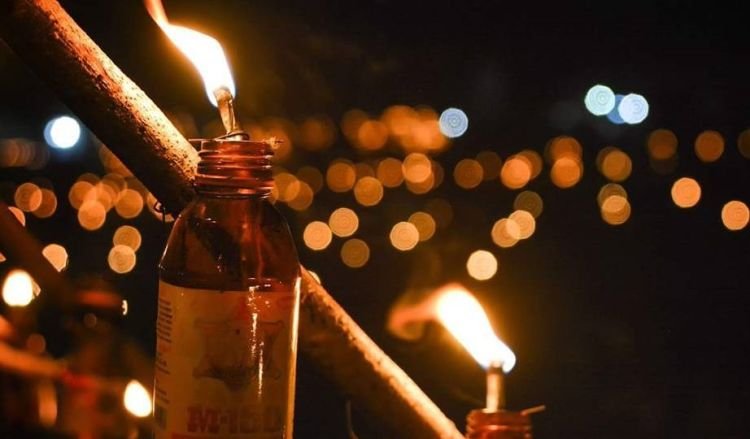
Figure 3. Butulu is a glass bottle filled with wick and kerosene. Butulu is a symbol of the power of life when humans must remain steadfast and patient. Like butulu that protects a lamp from going out when blown by the wind.
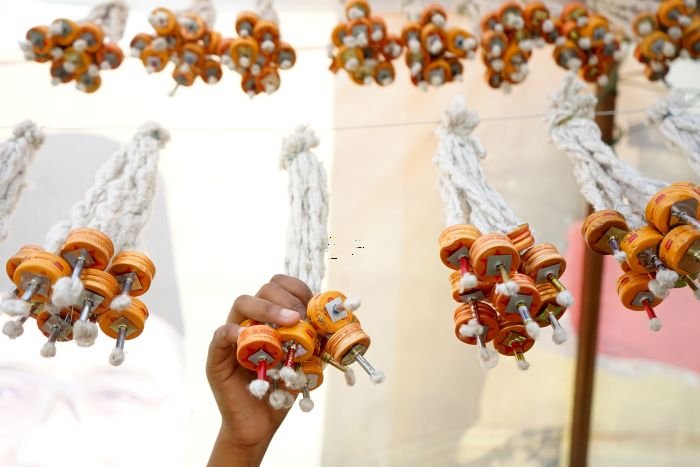
Figure 4. Tubu is the wick of the lamp which is interpreted as a way of life that is rooted in and refers to the Qur'an. Tubu which is depicted with threads is a reflection of the Muslims of Gorontalo whose life is to remain straight in accordance with the teachings and prohibitions of Allah SWT as stated in the Qur'an (Photo: Adiwinata Solihi).
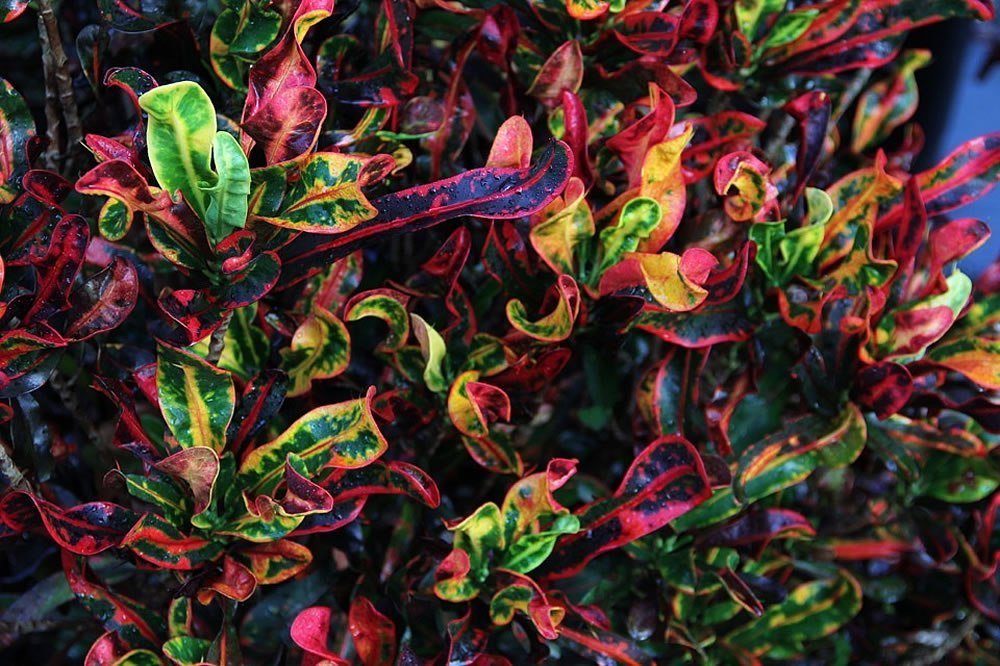
Figure 5. Polohungo is a type of flower plant that is arranged and has a variety of colors tied together and hung on an alikusu. Polohungo is interpreted as the colorful processes of life that have been passed and strung together from the journey of human life.
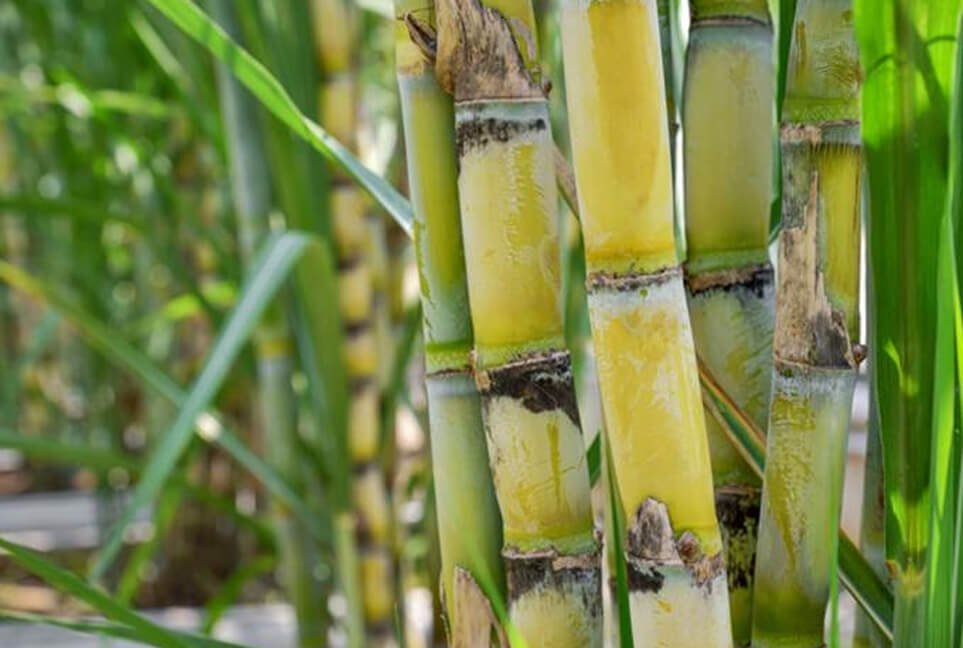
Figure 6. Patodu is sugar cane in the Gorontalo language which is interpreted as a sweetener. Taking value from the nature of patodu, the older it tastes, the sweeter it will be, so humans should also follow that nature.

Figure 7. Lambi is banana. Philosophically, bananas are plants that do not want to die before they bear fruit. Despite how frail and weak his torso. After he is fertile and bears fruit, then that is the sign of the end of his life. In human life, lambi is interpreted as a human being who is serious in his service to Allah SWT. And only Allah SWT has the right to reap the "fruit" of human sincerity and call him to return to Allah.
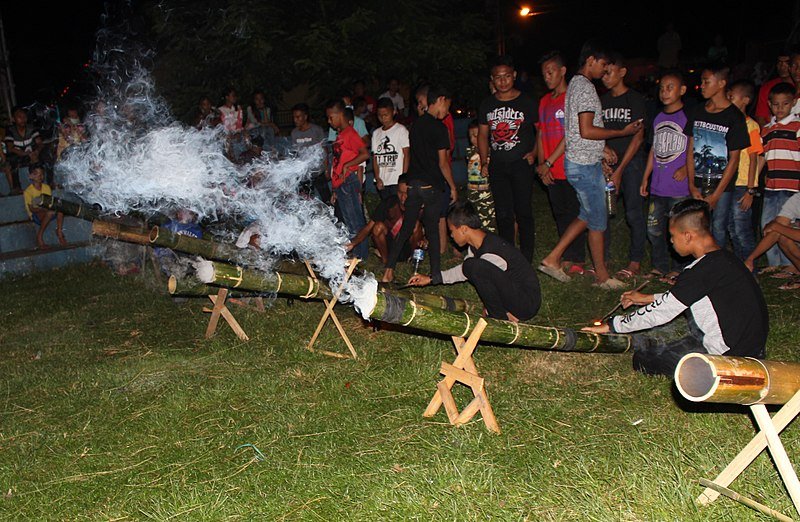
Figure 8. Bunggo is a bamboo cannon. This is a favorite game for the people of Gorontalo during the fasting month. Replying to each other, fighting each other loudly the sound of bamboo cannons is typical in the Bunggo game. Bunggo is made of selected bamboo with small holes in it as a place to ignite a fire so that it can emit an explosive sound (Photo: Marwan Mohamad).
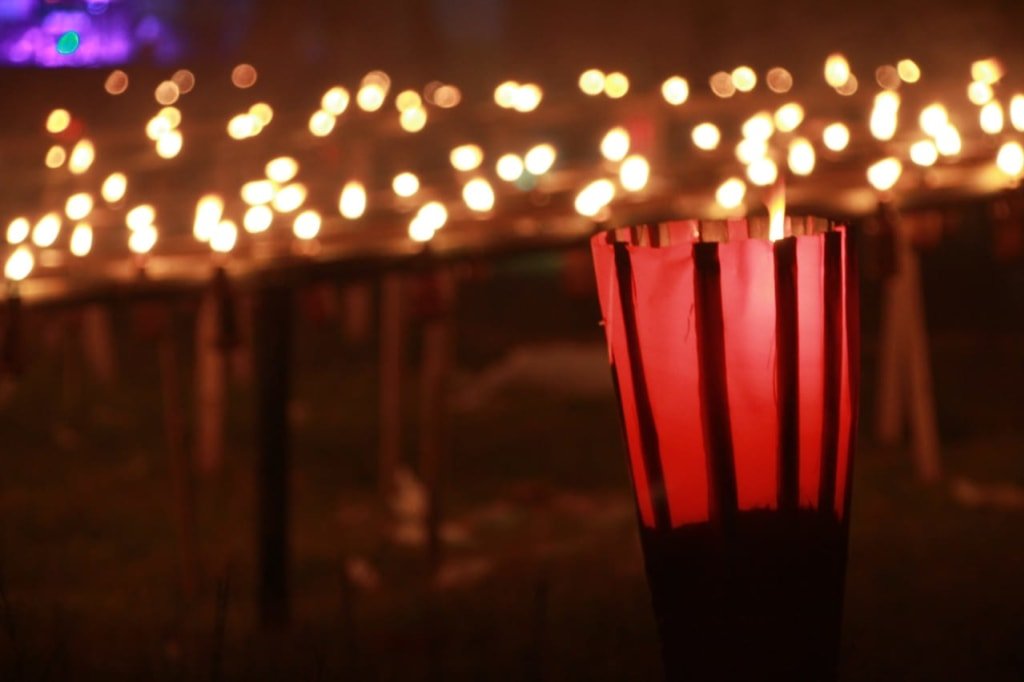
Figure 9. Tonggolo'opo is a bamboo lantern. Made of large bamboo whose ends are split according to the size of the diameter of the bamboo, and inside it is placed a coconut shell. So that it forms the fingers which will later be wrapped with colorful paper. And inside the tongolo'opo, a bottle lamp is installed (Photo: Rahmat Ali).
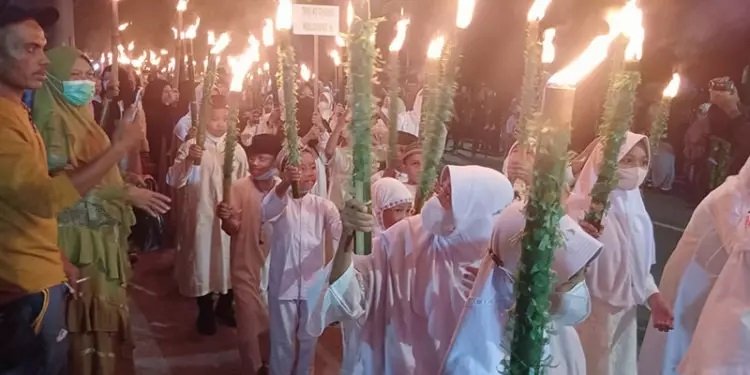
Figure 10. Morongo is a torch. A street light made of a piece of yellow bamboo with small, medium and large diameters depending on the maker, and inside it is filled with kerosene and a wick made of cloth or dried coconut fiber, this Morongo is widely used by children or teenagers to enliven tumbilotohe tradition (Photo: Fahrun).
That's how the people of Gorontalo interpret the tumbilotohe tradition every Ramadan. It turns out that there are many lessons that can be learned from a tumbilotohe culture and tradition.